class b fire is caused by
CO2 which is commonly. A Class A fire is the most common kind of fire that is likely to start.
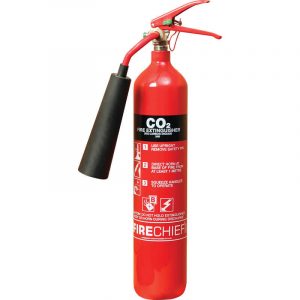
Types Of Fire Extinguishers A Guide Fire Risk Assessment Network
However European and Australian categories slightly differ jump to the international comparison chart.

. If you have a metal fire the best way to put this out is to use a dry powder extinguisher only. The first step when fighting a fire caused by. These types are fires use commonly flammable material as their fuel source.
We will be discussing class B hazards and which type of fire protection is most. Class B fires are fires which involve flammable or combustible liquids. Flammable liquids such as alcohol ether oil.
Solid materials such as wood or paper fabric and. There are four classes of fires. The 5 main classes of fires are categorized by what caused the fire or what the fire uses as fuel and are as follows.
Wood fabric paper trash and plastics are common. To fight class B fires firefighters must have a dry chemical flame retardant extinguisher in order to break up or stop the chemical reaction that propagates the flames. The most effective extinguishing agent against a class B fire is foam.
Class B fires are those where the fuel is flammable or combustible liquid. Class A fires are defined as ordinary combustibles. Class E Fire Damage.
A fire caused by flammable or combustible liquids and gases oil gasoline. Class B fires are those that are caused by the combustion of flammable liquids such as paint alcohol gasoline and oils. Class A fires are the easiest to put out.
A Class C fire is a fire that involves electrical equipment electrical appliances or electrical wiring. They are normally caused by combustible solid objects like wood paper fabric and textiles. Class B fires are not really different from other fires in that they have the same basic fire tetrahedron elements.
A carbon dioxide fire extinguisher rated for flammable liquids and gasses. Water or foam extinguishers will cause these kinds of fires to get worse so. They involve solid materials like wood paper plastic or clothing.
There are six different types of fire classes which are based on the energy source that has caused them. In order to have a fire you need fuel oxygen heat and a chemical. The five classes of fire are.
These types of fires are incredibly popular in. They are caused by energized electrical elements such as damaged power. Fires sparked by an electrical reaction a short circuit in wiring or inside an appliance for example are a little trickier than other fires because with the addition.
A carbon dioxide fire extinguisher works on a Class B fire by. Class E damage includes Class A and B factors but also includes electrical elements. Management Blanketing with O2-deprivation eg CO2 dry chemical or foam.
The US system includes flammable gases in. Ordinary solid combustibles such as paper wood cloth and some plastics. Class C Fires.
Class C fires - Flammable gases. The presence of these liquids which are also known as hydrocarbon fuels represent the fuel aspect of the fire. Class A fires involving solid materials such as wood paper or textiles.
There are a variety of fire extinguisher types designed to accomplish this very task specifically on Class B fires. Bonfires are typically a Class A intentional fire. There are several and the 5 most common are class A class B class C class D and class K.
Those added elements directly impact how firefighters deal with. The appropriate extinguishers used to tackle a Class B fire include CO2 foam and dry powder extinguishers. A class B fire does not leave embers or ashes and can be best extinguished by providing a wall between the fuel and the oxygen a technique known as smothering.
However the type of foam to be.

What Are The 5 Different Classes Of Fires Vanguard

Fire Classification The Different Classes Of Fire Ideal Response
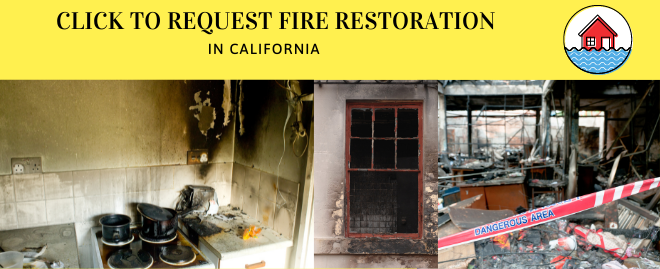
Types Of Fires And How To Extinguish Them Fire Safety Tips

Types Of Fire Extinguishers The Essential Guide Types Of Fire Fire Extinguishers Fire Extinguisher
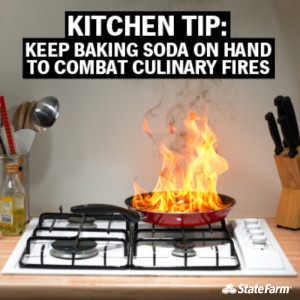
Types Of Fires And How To Extinguish Them Fire Safety Tips
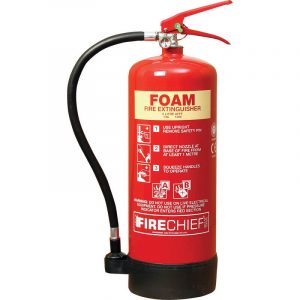
Types Of Fire Extinguishers A Guide Fire Risk Assessment Network
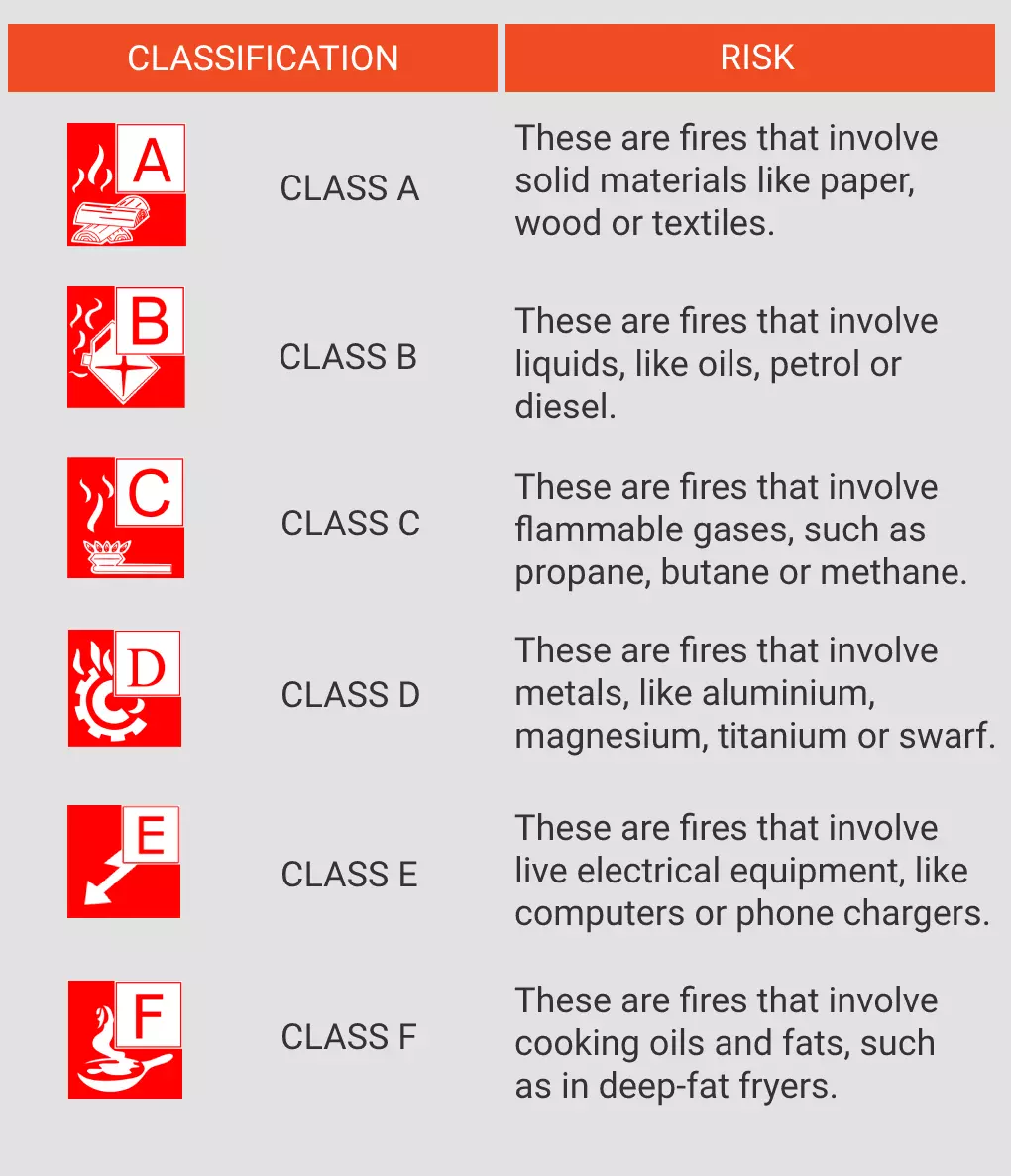
Fire Classification The Different Classes Of Fire Ideal Response

The 6 Types And Classes Of Fire And How To Attack Them Haspod

Abcs Of Fire Extinguishers Fire Prevention Services The University Of Texas At Austin

The Abc Store Pressure Type Fire Extinguishers Which We Offer Are Suitable For A Class General Paper Wood And Cloth Fires These Abc Firefighter Fire Safety

The 6 Types And Classes Of Fire And How To Attack Them Haspod

Carbon Dioxide Co2 Fire Extinguishers
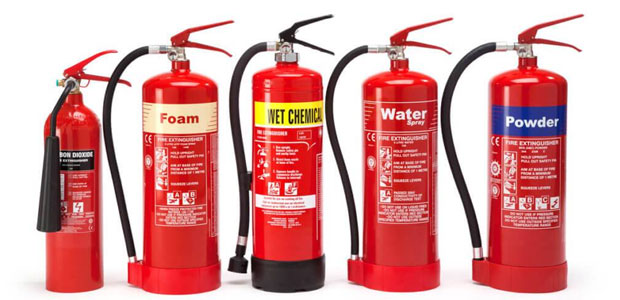
The Abcs Ds And Ks Of Fire Extinguishers Occupational Health Safety

Pin On Fire Extinguisher Types And Uses Chart

Which Fire Extinguisher Should I Use For Each Type Of Fire Infographicbee Com Types Of Fire Fire Extinguisher Training Extinguisher

Fire Extinguisher An Overview Sciencedirect Topics

The Ultimate Fire Extinguisher Guide Uk Updated Feb 2019
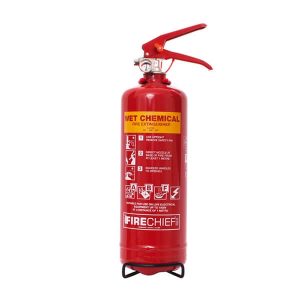
Types Of Fire Extinguishers A Guide Fire Risk Assessment Network
